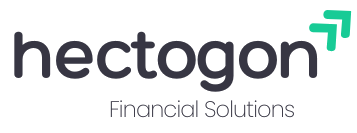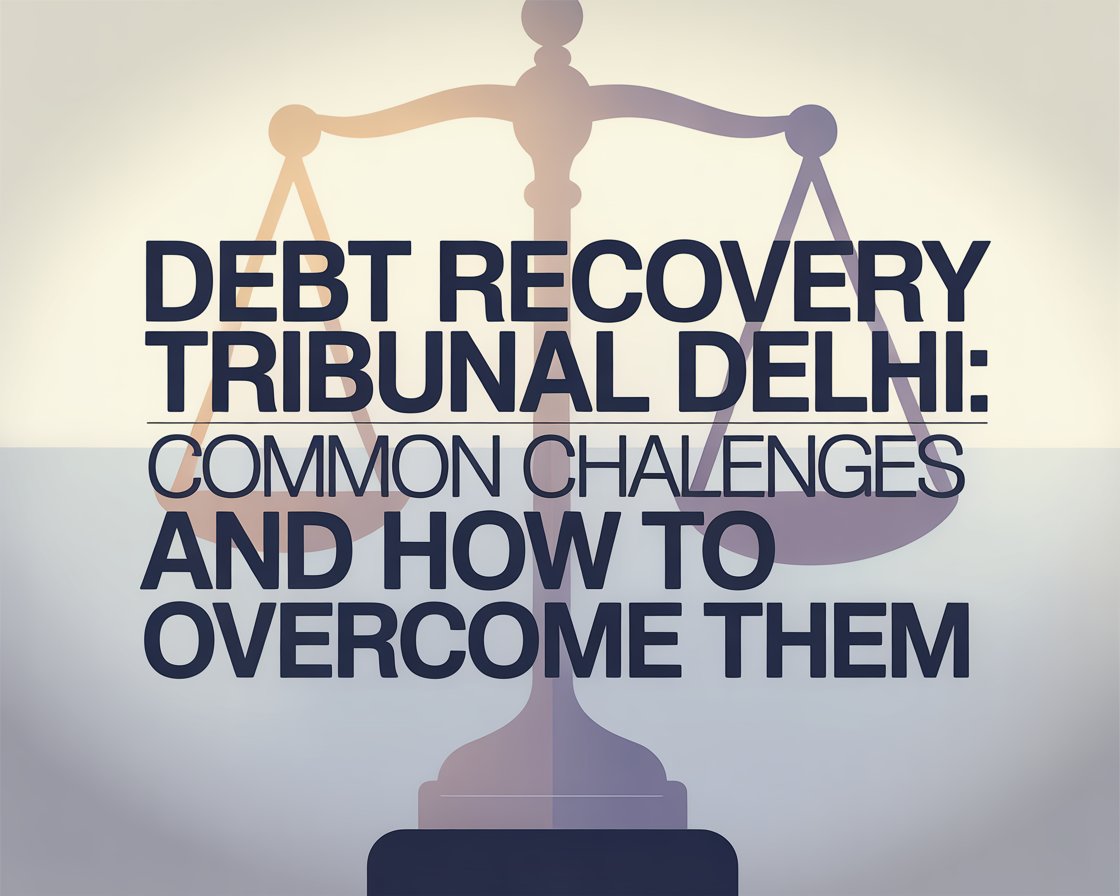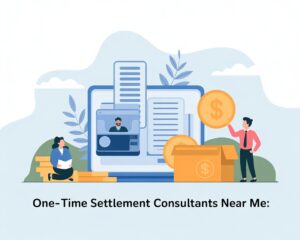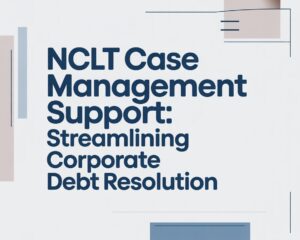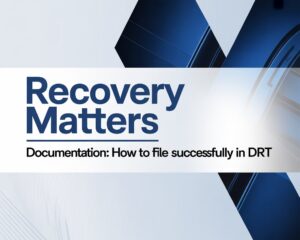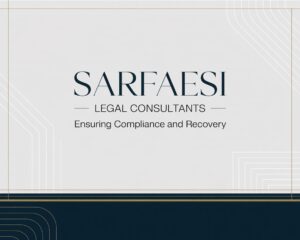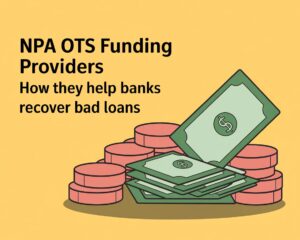Unpaid debts can cause havoc even in the most stable business environments, especially in a world driven by credit and finance. For lenders and other financial institutions in Delhi, the Debt Recovery Tribunal (DRT) has been the legal means through which dues are effectively reclaimed. But as everyone who has ever navigated this system knows, nothing about it is simple.
Recovery matters in DRT often bring challenges that test both patience and tact. However, by being aware of these obstacles and understanding how to overcome them, what seems like a long process can turn into a successful and timely resolution.
This blog dissects the most common hurdles businesses face in the Debt Recovery Tribunal Delhi and how these can be overcome.
Understanding the Role of the Debt Recovery Tribunal, Delhi
The Debt Recovery Tribunal Delhi is a dedicated institution that exclusively handles loan defaults and the recovery of debts owed to banks and financial institutions. It was established to ensure a quicker and more efficient process compared to traditional civil courts, where recovery suits could drag on for years.
Simply put, the Debt Recovery Tribunal allows banks, NBFCs, and other lenders to recover dues worth ₹20 lakh and above through a legal yet simplified system. It’s built for speed, although, in reality, things don’t always move as quickly as they should.
With thousands of recovery matters in DRT filed each year, procedural complexities within the system compel creditors to plan their cases with precision and strategy.
The Real-World Challenges in the Debt Recovery Tribunal Delhi
Although DRTs were developed to simplify debt recovery, several practical hurdles continue to affect the process. The following are some of the most persistent issues lenders, financial institutions, and legal teams encounter in Debt Recovery Tribunal Delhi cases.
1. Case Backlogs and Delays
One of the biggest problems in the Debt Recovery Tribunal Delhi is the increasing number of pending cases. With limited benches and thousands of filings each year, hearings are often postponed. This directly impacts recovery speed and puts additional strain on lenders.
For instance, when a single tribunal handles hundreds of cases simultaneously, even a minor procedural lapse or adjournment can delay a case by months. These setbacks defeat the purpose of a fast-track recovery mechanism.
How to overcome this:
The key lies in extensive case preparation. Presenting your petition and evidence precisely, with all supporting documents and legal grounds well-organized, reduces objections and adjournments. Involving experienced professionals familiar with the Debt Recovery Tribunal workflow can also make a significant difference in how smoothly your case progresses.
2. Unfinished or Incomplete Documentation
Every debt recovery case stands on the strength of its documentation. Yet, many cases fail due to missing loan agreements, unsigned sanction letters, or unclear statements of account.
The Debt Recovery Tribunal requires accurate and verifiable records of every transaction, from loan issuance to default. Inconsistent or incomplete paperwork not only delays proceedings but also weakens the claimant’s position before the tribunal.
How to overcome this:
Before filing, conduct a thorough document audit. Ensure that every document, from borrower communication to recovery notices, is compiled, verified, and indexed properly. Collaborating with legal professionals experienced in handling recovery matters in DRT can help identify documentation gaps early, preventing disputes later in the process.
3. Borrower’s Tactics and Counterclaims
Borrowers often deploy delay tactics to stall recovery. They may file counterclaims, challenge jurisdiction, or seek interim relief to halt asset possession. These actions, while legally permissible, can slow down the lender’s case.
How to overcome this:
Strategic legal representation is vital here. A well-prepared team can anticipate potential defenses and draft pleadings that preempt borrower tactics. Moreover, regularly monitoring the borrower’s actions and ensuring quick responses to appeals or counter-filings can prevent procedural standstills.
4. Delays in Enforcement After the Order
Winning a case in DRT is only half the battle. Many lenders face challenges in enforcing recovery orders, especially when assets need to be seized or auctioned. Coordination with local authorities, resistance from borrowers, or procedural loopholes often lead to post-order delays.
How to overcome this:
Once the tribunal issues a recovery certificate, speed is essential. Engaging professionals who specialize in debt recovery tribunal Delhi enforcement ensures that execution is handled promptly and in compliance with all legal norms. Proactive coordination with recovery officers and constant follow-up with the tribunal office can help maintain momentum.
5. Limited Digital Infrastructure
While the DRT system has made progress with e-filing and digital hearings, there’s still a gap in online transparency and accessibility. Many stakeholders continue to rely on manual submissions and physical appearances, which prolong timelines.
How to overcome this:
Adapting to digital tools wherever possible helps. Maintain electronic records, use digital signatures, and leverage the e-filing systems that are now being gradually adopted by the Debt Recovery Tribunal Delhi. These steps not only save time but also reduce logistical bottlenecks.
The Role of Debt Recovery Appellate Tribunal (DRAT)
When either party is dissatisfied with the DRT’s order, the next step is the Debt Recovery Appellate Tribunal (DRAT). DRAT serves as the appellate authority, reviewing the tribunal’s decisions to ensure fairness and adherence to law.
However, appeals must be approached strategically. Filing without substantial grounds or documentation can backfire, leading to further delays and additional costs. Properly drafted appeals, supported by evidence and legal precedent, can strengthen the creditor’s case and uphold recovery efforts.
This is where experienced legal partners make a difference; they know when to appeal, how to present it effectively, and what precedents support your claim.
How to Approach Debt Recovery Strategically
While laws and tribunals create a framework, success in debt recovery depends on planning, documentation, and representation. Businesses that treat DRT proceedings as part of a larger recovery strategy, rather than a one-time legal step, achieve better results.
An effective DRT recovery strategy includes:
- Conducting pre-filing due diligence to ensure the case is airtight.
- Presenting clear financial evidence to strengthen claims.
- Anticipating borrower defenses and preparing counterarguments.
- Maintaining consistent communication with legal representatives and tribunal officials.
The more systematic and proactive your approach, the faster and more predictable your recovery outcomes become.
Why Expert Support Matters in DRT Recovery
The Debt Recovery Tribunal Delhi operates within a unique legal and procedural ecosystem. Every case demands precision, knowledge of tribunal processes, and quick decision-making. That’s why partnering with professionals who specialize in recovery matters in DRT can help creditors avoid unnecessary roadblocks.
Experienced debt recovery service providers bring clarity, efficiency, and legal foresight to every stage, from filing and hearings to enforcement and appeals. They ensure that documentation aligns with tribunal expectations, arguments stay legally sound, and recovery actions move forward without procedural delays.
For financial institutions and businesses managing multiple default cases, this expert support is not just helpful; it’s essential to maintain cash flow, compliance, and business stability.
Conclusion
The Debt Recovery Tribunal Delhi plays a pivotal role in ensuring that lenders and financial institutions recover their dues effectively. Yet, without strategic planning, strong documentation, and expert guidance, even a valid claim can get stuck in procedural delays.
By understanding the common challenges and addressing them proactively, creditors can navigate DRT proceedings with greater confidence and speed. Whether it’s through robust documentation, timely filings, or expert representation, the goal remains the same: achieving recovery with precision and legal integrity.
For organisations seeking clarity and results in DRT and DRAT proceedings, professional debt recovery partners bring the right mix of legal expertise and business acumen, ensuring your recovery efforts not only start strong but also end successfully.
FAQs
What is the Debt Recovery Tribunal Delhi?
It’s a specialized legal body that handles cases related to the recovery of debts due to banks and financial institutions, ensuring faster resolutions than civil courts.
How long does it take to resolve a case in DRT?
Timelines vary depending on the case complexity, but well-prepared petitions and complete documentation can significantly reduce delays.
Can a borrower appeal against a DRT order?
Yes, a borrower can appeal before the Debt Recovery Appellate Tribunal (DRAT) if they believe the DRT’s decision was unjust or erroneous.
What happens after a DRT order is passed?
After the tribunal issues a recovery certificate, the enforcement process begins, this may include asset possession or auction to recover dues.
Why is expert help important in DRT cases?
Because every procedural detail matters. Experienced DRT professionals ensure compliance, reduce errors, and expedite recovery.
